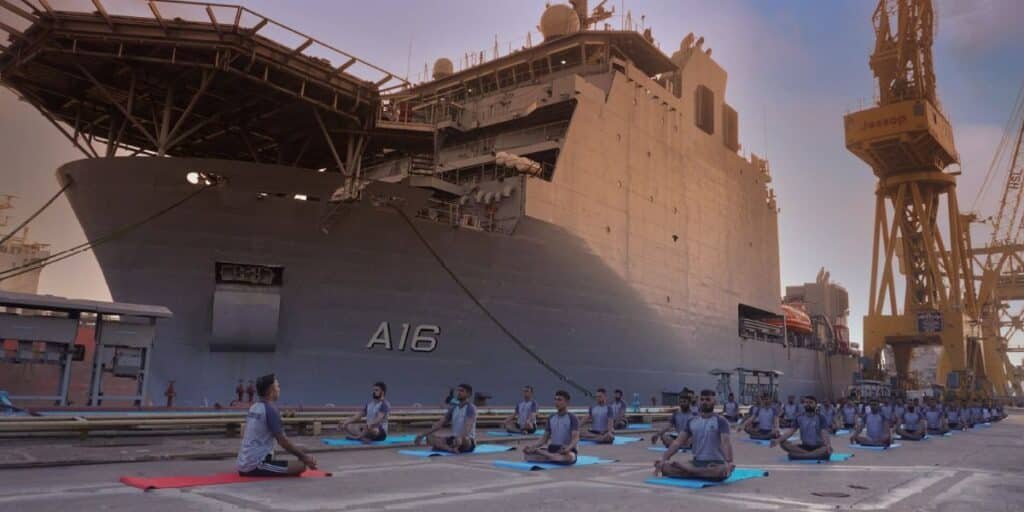Webdesk: India’s launch of Nistar, which it calls its first home-made Diving Support Vessel, is not just about upgrading its Navy. Behind the label of “self-reliance,” this move is another sign of New Delhi’s steady military build-up that raises serious concerns for the region’s peace.
While it may look like a support ship, a vessel like Nistar has the ability to boost underwater operations that go far beyond basic repairs or rescue, and it could help carry out missions that support future military action at sea.
This is not a small or routine update. It is part of a bigger pattern where India is rapidly adding advanced military tools that seem more focused on pressure and power than defence. In recent times, India has tested and rolled out many systems that suggest a more aggressive stance.
With Nistar now part of its Navy, India is better equipped for activities like blockades, deep-sea sabotage, or pushing its strength in disputed maritime areas.
#Nistar – India's first indigenously designed & constructed Diving Support Vessel, to be commissioned into the #IndianNavy today, #18Jul 25, in presence of Hon’ble Raksha Rajya Mantri, Shri @SethSanjayMP.@SpokespersonMoD @DefProdnIndia@IN_HQENCpic.twitter.com/lUpw8AAYyN
— SpokespersonNavy (@indiannavy) July 18, 2025
This is not all, previously too worrying sign of rising militarisation, India’s Ministry of Defence has signed a fresh deal worth INR 158 crore to buy 450 Nagastra-1R loitering munitions, drones made for targeted, destructive strikes.
The Nagastra-1R drones come fitted with advanced cameras, secure communication links, and reusable launch systems. Reports say that about 80 per cent of their components are produced inside India.
These kamikaze drones, used once and meant to destroy themselves along with the target, were reportedly deployed alongside Israeli Harop drones during India’s failed “Operation Sindoor” against Pakistan on 7 May.
The recent drone procurements and submarine agreements by India are not mere routine military modernization. These obviously are instruments that have been developed to give attack rather than defense. This is reflective of a change in attitude, not a desire to maintain peace, but a readiness to engage in conflict.
India’s deepening ties with Israel, a country known for launching first strikes, are now reflecting in its own military approach. Encouraged by Tel Aviv’s aggressive actions against Iran, the Modi-Shah-Doval leadership seems to be following a similar route, stockpiling strike drones, battlefield weapons, and long-range capabilities that look more aimed at provocation than protection.
After the failure of Operation Sindoor, India’s leaders seem to be stirring up war talk to distract from their setbacks, military, diplomatic, and internal. This drone deal is not just a defence contract. It’s a signal of a dangerous mindset taking hold in New Delhi.
Read more: Parallels drawn between Israeli, Indian military actions






